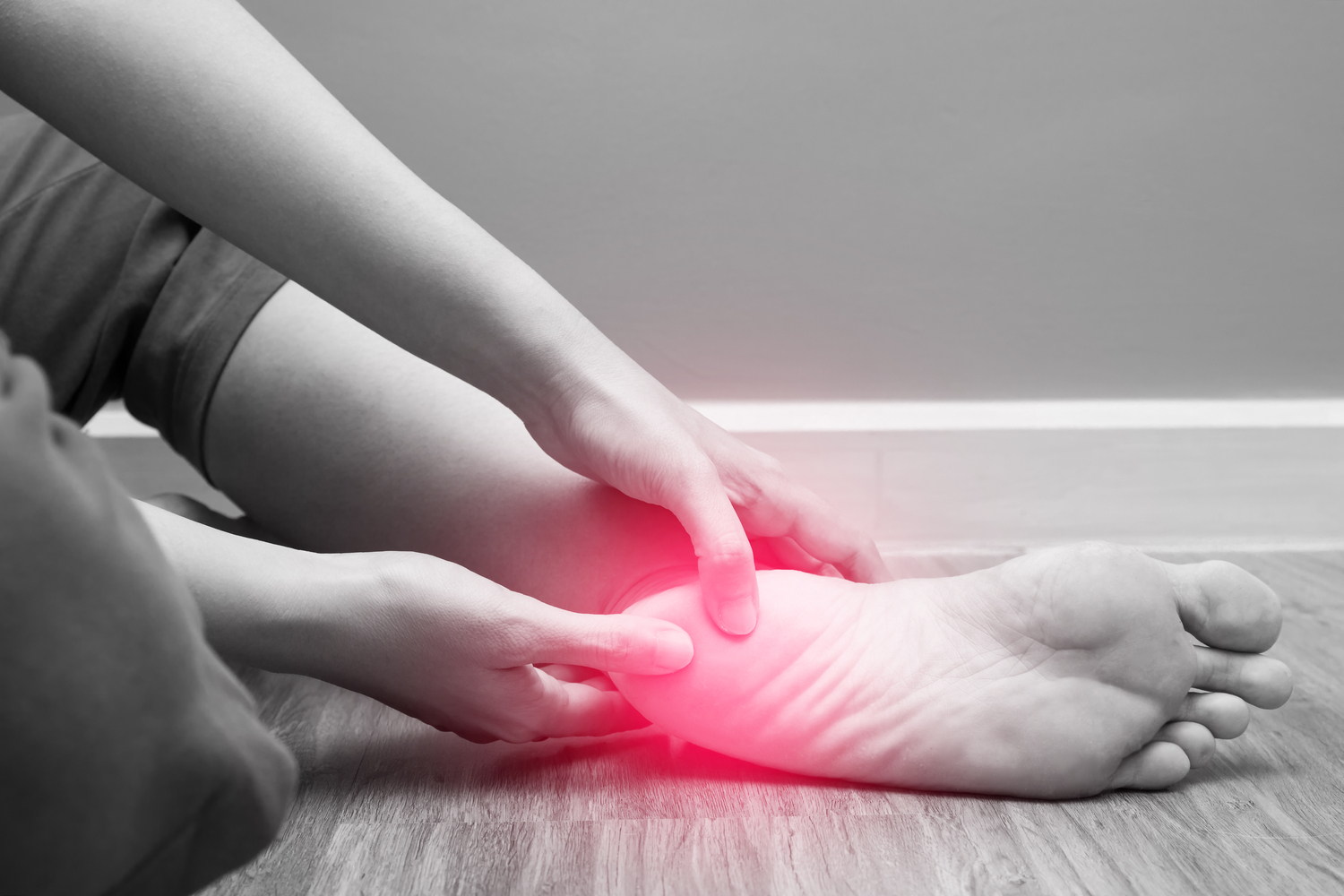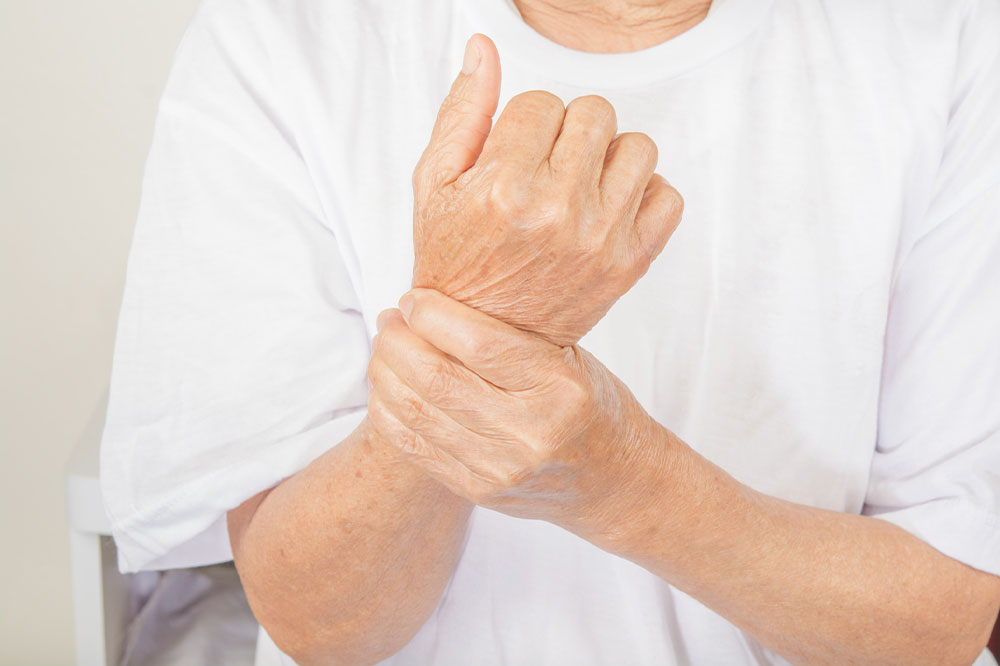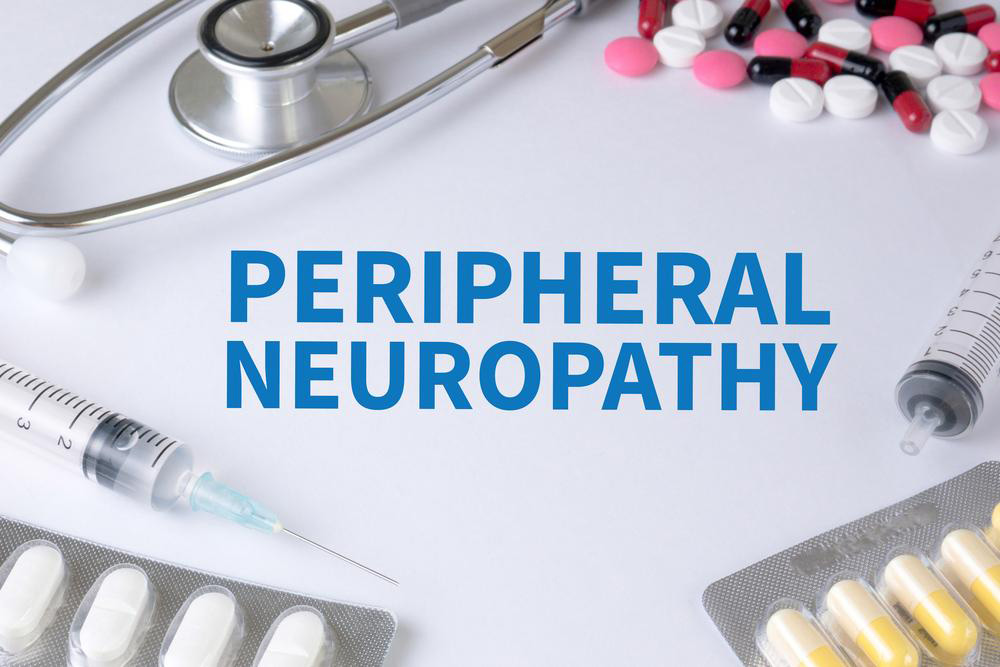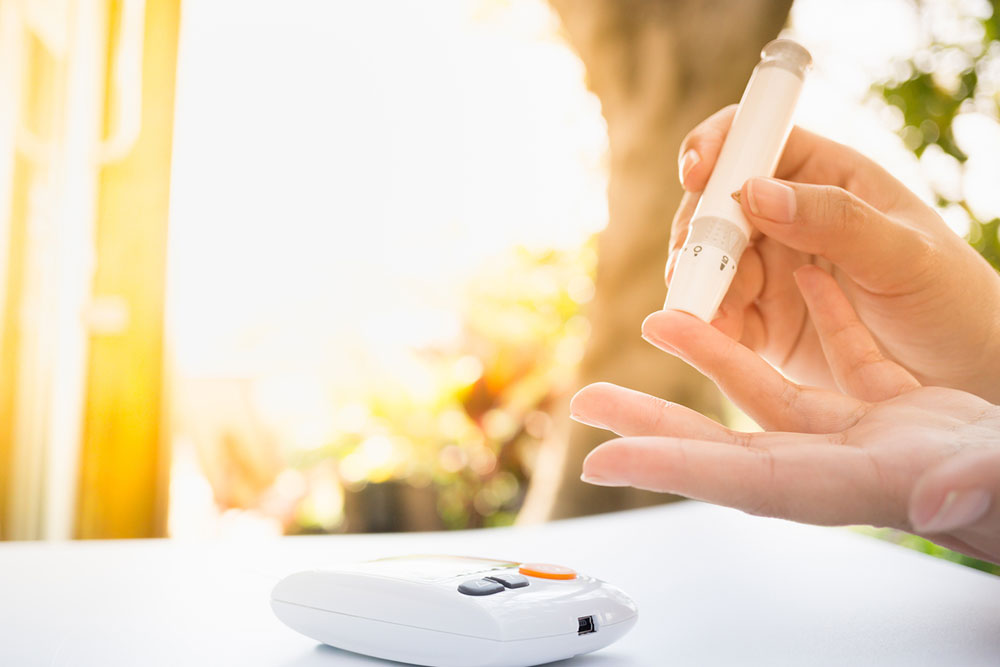Comprehensive Strategies and Advances in Nerve Damage Treatment
This comprehensive article explores modern strategies for diagnosing and treating nerve damage, highlighting medications, lifestyle modifications, supportive therapies, and emerging technologies. It emphasizes early diagnosis, individualized treatment plans, and holistic approaches to improve nerve health and patient quality of life, applicable for both patients and healthcare providers seeking effective neuropathy management options.

Effective Approaches to Managing and Treating Nerve Disorders
Nerve damage, medically known as neuropathy, is a prevalent condition that affects millions worldwide, especially individuals aged 55 and older. This condition is characterized by the impairment of peripheral nerves, leading to symptoms such as burning sensations, shooting pains, numbness, tingling, and muscle weakness. Understanding the mechanisms behind nerve damage and exploring various treatment options are crucial for improving patient quality of life. This comprehensive guide examines the latest approaches to diagnosing, managing, and treating nerve injuries, highlighting both conventional and emerging therapies.
Nerve function is fundamental to every voluntary and involuntary movement, sensory perception, and organ operation. The human nervous system comprises two main parts: the central nervous system (brain and spinal cord) and the peripheral nervous system (nerves extending throughout the body). The peripheral nerves facilitate communication between the brain and spinal cord and the rest of the body, controlling vital functions such as muscle movement, organ regulation, and sensation transmission. When these nerves sustain damage from injury or disease, normal signaling is disrupted, causing the symptoms associated with neuropathy.
Commonly experienced symptoms of nerve damage include sensations like burning, tingling, numbness, and shooting pains. These abnormal sensations can significantly impact daily activities and overall well-being. The underlying causes of nerve damage are diverse, involving genetic predispositions, lifestyle choices, and environmental influences. Factors such as diabetes, excessive alcohol consumption, nerve trauma, infections, autoimmune diseases, heavy metal poisoning, hormonal imbalances, and blood vessel disorders are notable contributors.
Properly identifying nerve damage begins with a careful assessment of symptoms and medical history, followed by targeted diagnostic tests. Physical examinations evaluate reflexes, muscle strength, and sensory responses. Electrophysiological studies, such as nerve conduction velocity tests, help determine nerve function and pinpoint the location and severity of damage. Blood tests analyze sugar levels, autoimmune markers, and potential toxins to uncover underlying causes that may exacerbate nerve injury. A precise diagnosis guides the development of effective, individualized treatment plans.
Managing neuropathy often involves a combination of medication, lifestyle modifications, and supportive therapies. Pharmacological options include anticonvulsants like gabapentin and pregabalin, antidepressants such as amitriptyline and duloxetine, and analgesics including tramadol and lidocaine patches. These medications help reduce nerve pain and stabilize nerve activity. Controlling underlying health conditions, especially diabetes, is vital, as hyperglycemia accelerates nerve deterioration. Proper management involves monitoring blood sugar levels, medication adherence, and lifestyle changes.
Surgical interventions and device-based therapies become necessary in severe cases. Techniques such as electrical nerve stimulation (ENS), spinal cord stimulation, or nerve decompression surgeries can alleviate persistent pain and restore nerve function. Advances in neuromodulation, including implantable devices, show promise but require careful patient selection and ongoing management.
Since neuropathy tends to be resistant to standard pain treatments and may worsen over time, adopting a multidisciplinary approach is essential for effective relief. Strategies aim not only to mitigate pain but also to address the root causes to prevent further nerve damage. Medications like carbamazepine, venlafaxine, tramadol, duloxetine, and topical agents like lidocaine patches are commonly used, often in combination with other therapies.
Lifestyle modifications play a significant role in managing nerve damage. Quitting smoking and reducing alcohol intake can improve nerve regeneration. Regular low-impact exercise boosts circulation and nerve health. Blood sugar control is critical for diabetic neuropathy, while avoiding exposure to toxins such as heavy metals minimizes additional nerve stress. Application of heat or cold packs can temporarily reduce discomfort and improve functionality.
Complementary and alternative therapies provide additional avenues for nerve pain relief. Physical therapy improves muscle strength and coordination, while massage therapy enhances circulation and reduces muscle tension. Acupuncture has been reported to alleviate neuropathic symptoms in some patients by stimulating nerve pathways. Relaxation techniques, including meditation and biofeedback, help reduce stress, which can exacerbate pain.
Modern devices like Transcutaneous Electrical Nerve Stimulation (TENS) units are gaining popularity. TENS delivers mild electrical impulses to nerve fibers, aiming to block pain signals and promote nerve healing. However, scientific evidence regarding its efficacy remains mixed, and it is generally considered an adjunct treatment. Skin care and protective clothing options help prevent skin breakdown and secondary infections in those with sensory loss.
Supportive supplements such as omega-3 fatty acids (fish oil), curcumin (a compound in turmeric), and herbal remedies like geranium oil are explored for their potential neuroprotective and anti-inflammatory effects. While more research is needed, these supplements may offer additional benefits when integrated into a comprehensive treatment plan. Ensuring proper skin hygiene and avoiding injury are critical for individuals with decreased sensation.
In conclusion, nerve damage management requires a personalized, multifaceted approach that combines medical treatment, lifestyle changes, supportive therapies, and emerging technologies. Early diagnosis and intervention are key to preventing irreversible nerve loss and improving quality of life. With ongoing research and advances in neurology, patients have access to more effective and less invasive options for managing neuropathy. Collaboration among healthcare providers, patients, and caregivers plays a vital role in optimizing outcomes and restoring nerve functions efficiently.





